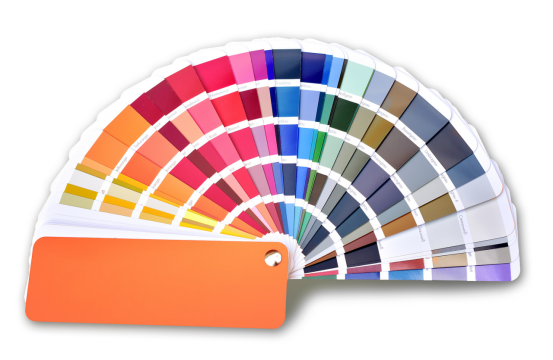How to Evaluate the Spray Coating Line’s Efficiency?

When production slows, costs rise, and quality drops—it’s time to ask:
Is your spray coating line really working as efficiently as it should?
To evaluate spray coating line efficiency, monitor throughput, coating quality, downtime, resource use, cycle time, equipment performance, and compliance. These metrics guide improvements in speed, cost, and output.
Let’s break down each factor and see how to measure, improve, and optimize them in real operations.
What is your throughput rate telling you?

If you’re producing fewer parts per shift than expected, something’s off.
But what’s slowing things down?
Throughput rate shows how many coated units are finished per hour or shift. It’s your best first measure of production speed.
Compare actual output with:
- Design capacity
- Operator shift logs
- Industry benchmarks
Low throughput could mean machine inefficiencies, workflow issues, or poor scheduling. High throughput doesn’t mean much if the quality suffers—so balance is key.
Is coating quality consistent across batches?
A fast line with poor finish still fails.
Are your coatings smooth, even, and strong?
Evaluating coating quality means checking for defects like peeling, pinholes, color mismatches, or uneven layers.
We test quality using:
- Visual inspections
- Dry film thickness checks
- Crosshatch adhesion tests
- Gloss or texture uniformity checks
Coating quality issues may signal spray gun problems, pressure inconsistencies, or incorrect mix ratios. Solving them keeps customers happy and returns low.
How much time are you losing to downtime?
Every minute the line stops, you lose money.
Do you know why—and how often—it happens?
Downtime includes any unscheduled stop due to machine faults, raw material delays, or staffing gaps. Fewer stoppages = better efficiency.
We track:
| Downtime Type | Example Causes |
|---|---|
| Mechanical | Pump failure, clogged nozzles |
| Operational | Staff changeover, training delays |
| Material-related | Late deliveries, poor inventory tracking |
Solving root causes (not just symptoms) can reclaim hours each week.
Are resources being used efficiently?
Using more paint, power, or labor than expected?
That’s a red flag.
Efficient resource utilization means using exactly what’s needed—no more, no less. This reduces costs and waste.
Look at:
- Paint transfer efficiency (measured vs. theoretical)
- Power consumption per batch
- Labor cost per finished unit
Tuning atomizers, adjusting line speed, or updating staff schedules can save thousands annually. Monitoring usage also helps meet green standards.
How long is your cycle time—and where are the delays?
From raw input to finished part—how fast does each unit move?
And what slows it down?
Cycle time tracks the total time a part spends on the line—from prep to cure. Shorter cycle time = more capacity and quicker delivery.
Break it into steps:
- Pre-treatment
- Coating application
- Flash-off
- Curing
- Cooling and inspection
Use timers or sensors to spot bottlenecks. For example, if curing takes too long, upgrade oven settings or powder chemistry. Improving transitions between stations also helps.
Is your equipment running at peak condition?
Worn-out parts and clogged nozzles cause quality drops and delays.
When was your last tune-up?
Inspecting equipment performance is about preventing breakdowns before they happen—and catching slowdowns caused by wear.
Track:
- Spray pressure consistency
- Atomizer wear and tear
- Conveyor belt alignment
- Oven temperature uniformity
Use checklists for weekly and monthly inspections. Keep a preventive maintenance log—and don’t skip it. Reliable machines mean consistent results.
What is the environmental impact of your line?
Customers care how clean your operation is. So do regulators.
Are you ahead—or behind?
Evaluating environmental efficiency includes VOC emissions, energy use, and waste generation.
Key metrics:
- Emissions per shift (air, water, solid waste)
- VOC levels from coatings or cleaning
- Recyclability of overspray
Switching to low-VOC coatings, using reclaim booths, and optimizing oven settings can all cut your carbon footprint—and often your energy bills too.
Are you meeting all compliance and safety standards?
It’s not just about what you coat—it’s about how safely and legally you do it.
Compliance means your line meets ISO, OSHA, EPA, and local rules. Falling short risks fines and shutdowns.
We evaluate:
- Operator safety protocols (PPE, training)
- Emissions permits and reporting
- Quality management documentation (ISO 9001, etc.)
Staying compliant also reassures customers that your line is reliable and professional.
Conclusion
A spray coating line isn’t efficient until it’s fast, clean, accurate, and consistent.
By monitoring throughput, quality, downtime, and resource use, we turn raw metrics into real improvements—and better results with every shift.
